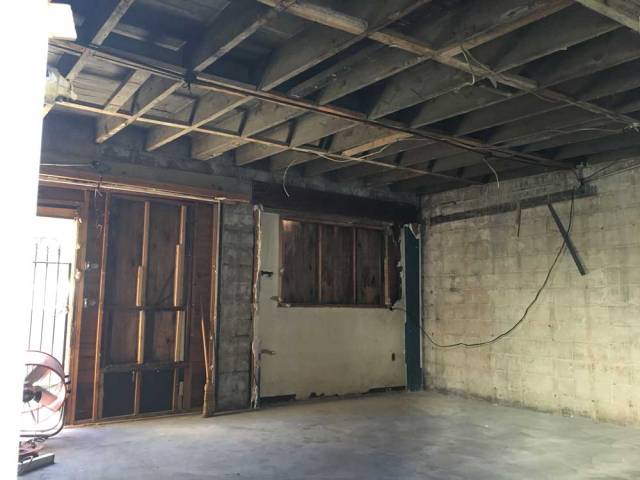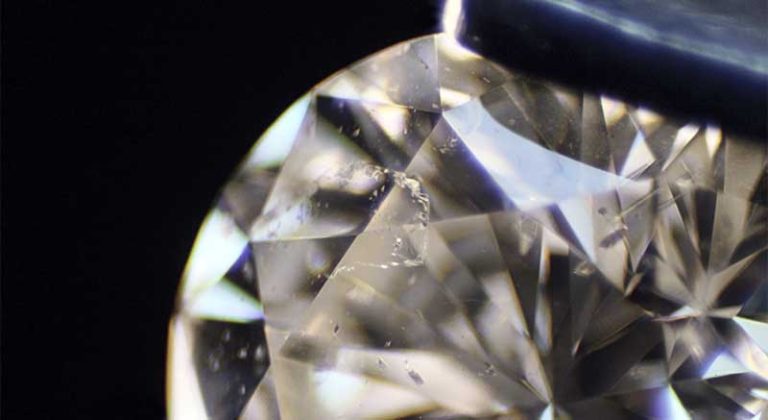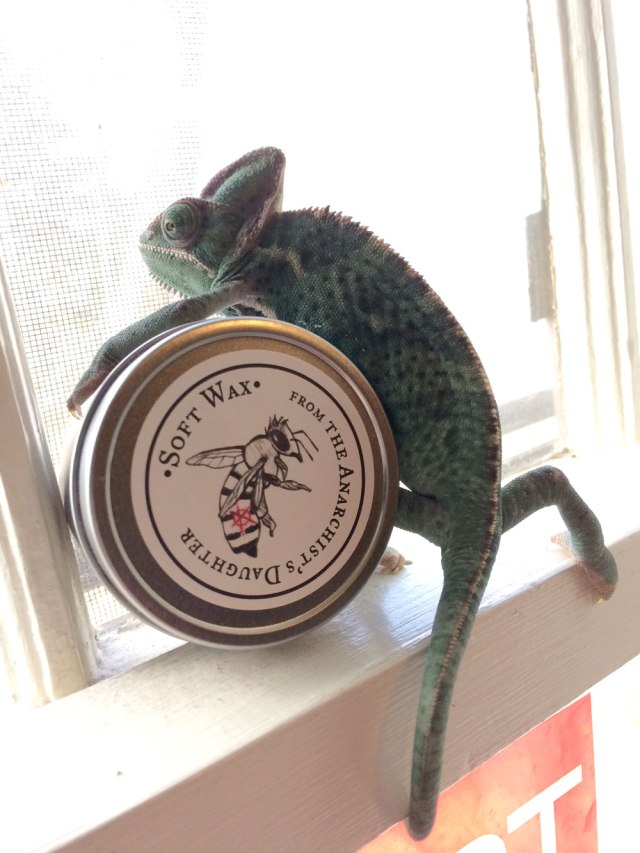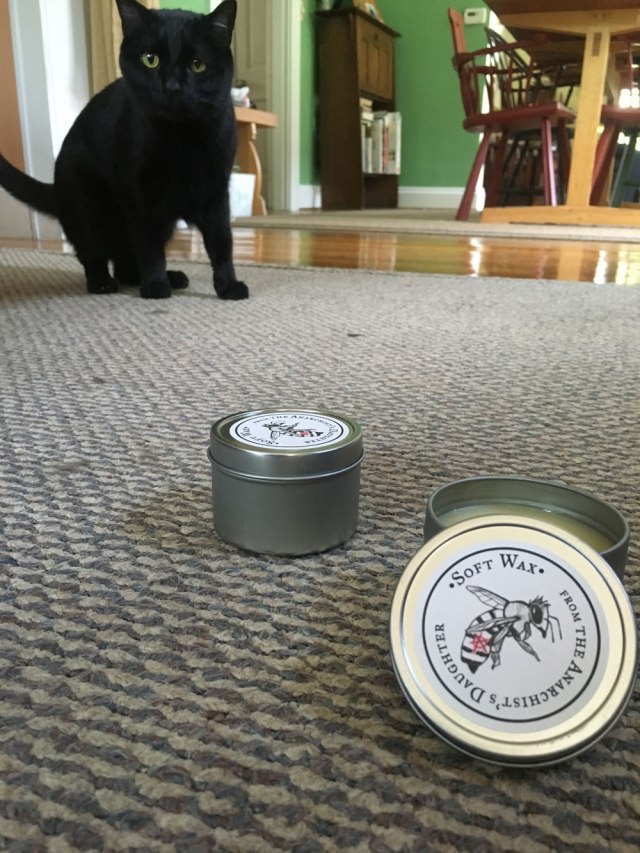Dr. Denzel Bridges, Author at Red-D-Arc Red-D-Arc
Steel-Aluminum Welding: Issues and Work-Arounds
Steel-Aluminum Welding Introduction (Applications)
Steel and aluminum (and its alloys) are among the most widely used structural materials in the world. Steel has been used by human beings for several millennia in construction, transportation, warfare and many other industries. Aluminum doesn’t have nearly the same tenure being only discovered by Hans Christian Ørsted in 1825 and the ore refining process being more complex than iron ore.
Ever since its discovery aluminum has gained extensive use due to its low weight compared to most metals. Due to the desire for more lightweight designs, aluminum is becoming increasingly employed. However, steel and other alloys have significantly higher strength and higher operating temperature than aluminum. The requirements for high strength from steel and lower weight in aluminum generate the need for steel-aluminum dissimilar joining.
Issues
Steel and aluminum are rarely, if ever, directly welded together via fusion welding like TIG and MIG welding due to the brittle intermetallic compounds that form in the fusion zone. The brittle intermetallic compounds may affect the ductility of the weld and high temperature properties of both metals. The specific intermetallic compounds formed largely depends on the specific steel and aluminum alloy being formed. Additionally, steel and aluminum have different coefficients of thermal expansion, so in elevated or cryogenic temperatures, the steel and aluminum will be subject to thermally-induced stresses since the metals will not expand at the same rate.
Bolting and Fastening
There are a few solutions if you find yourself in need of steel-aluminum welding. Starting with the simplest option, bolting and fastening is one way to join steel to aluminum while avoiding several of the drawbacks. As long as the steel-aluminum joint is primarily structural, bolting is one of the more cost-effective ways of joining. Bolting and fastening, however, is not recommended to for joints that must be seamless such as for a pipe joint because the joint is not airtight or watertight. Furthermore, bolting aluminum to steel requires electrical insulation in the presence of salt water or other conductors. A plastic washer will accomplish the electrical insulation goal. Keep in mind that using a plastic washer may limit your operating temperature.
Interlayers
Another well-known option is inserting an interlayer prior to welding. The purpose of the interlayer is to provide a “barrier” to direct interaction between steel and aluminum, preventing the formation of the intermetallic compounds. Additionally, an interlayer can help ease the thermal stresses induced by the difference in coefficient of thermal expansion (CTE) Thus, the interlayer must be thick enough to prevent interaction between iron and aluminum and, in the case of thermal and cryogenic, have a CTE between steel and aluminum.
Most interlayers for steel-aluminum joining are bimetallic transition inserts that can be purchased from many companies. Bimetallic inserts for steel-aluminum welding are typically aluminum in one section and steel in the other. When welding with bimetallic inserts, always consult the manufacturer documentation for proper utilization and details about the metallic insert composition, but most are compatible with MIG, TIG, and GMA welding.
Not that not all aluminum alloys and steels are the same or have the same weldability. For instance, some 7000 series of aluminum tend to be difficult to weld. Be mindful that commercially-provided bimetallic inserts are meant to fit specific structures and not necessarily suitable for more customized or irregular structures. Therefore, do proper research before purchasing a bimetallic insert.
Some academic articles report using a copper interlayer for joining steel to aluminum. Keep in mind that copper can form intermetallic phases with aluminum, some of which are beneficial to aluminum, and does not tend to do so with steel. Another interesting development was using a Al0.5FeCoCrNi interlayer to weld 6061-T6 aluminum to St-12 low carbon steel in an academic article published in the Intermetallics journal in 2020. Using a material other than marketed bimetallic inserts may have more flexibility in terms of accommodating customized or irregular structure and may come as a foil, welding wire, or powder.
Coatings
The last common steel-aluminum joining remedy is to coat one or both sides of the joint with a different metal prior to welding. The most common one for steel-aluminum welding is hot dip aluminizing which coats the steel side of the joint with aluminum. When using this technique, only melt the aluminum and be sure that the arc does not touch the steel! Touching the steel with the arc will cause the aluminum coating and the steel to melt and react to form intermetallic phases. While the aluminum coating does adhere to the steel, it is not actually bonded and the strength of the joint is not as strong as steel-steel or aluminum-aluminum joints.
Other coatings can be used such as copper when welding aluminum to steel. For hot dip coating, it is generally a safer bet to coat the steel since aluminum would also melt in a pool of liquid copper. In general, dip coating is more flexible than using bimetallic inserts since dip coating can conform to most geometries.
Electroplating is a “cold” coating option that does not involve any molten metal and is not used as frequently for welding compared to the above options. Electroplating uses controlled electrolysis to transfer the desired metal coating from the anode (made of the same metal as the desired coating) to the cathode (the part being plated). Aluminum can be electroplated with copper, but steel cannot. If you choose aluminum as the piece to be electroplated, your joining options are typically limited to spot welding, high-precision laser welding, brazing, and emerging solid state welding processes.
Keep in mind that electroplating can be a rather slow process that can take several minutes and the surface area of the workpiece that can be plated depends on the size of the container holding the plating solution and the amount of current you can generate. When electroplating, having a current or voltage that is too high will cause the plating process to proceed out of control as seen by dendrites growing on the workpiece surface.
If the cathode and anode are not parallel to each other, then the electric field that governs the electroplating process will be uneven and so will the coating thickness. The plating may have poor adhesion of the process is not well controlled or the surface is not well cleaned. If the current or voltage is too low then the electroplating will either be slowed or not work at all. As such, electroplating is recommended only for relatively small, flat work pieces and not large structural pieces.
Geometry considerations
One other consideration to note is the geometric requirements of your welding operation. If welding something with a very specific geometry like a hollow part made by additive manufacturing, you may consider using a brazing over welding to avoid damaging the structure via torch brazing or induction heating. Keep in mind this may require a filler metal that is guaranteed to melt before the geometry-sensitive part will melt and is compatible with both materials.
Closing remarks
When considering your steel-aluminum welding needs ask the following questions:
- What is the purpose of the steel-aluminum joint?
- What type of steel and aluminum are you welding?
- What are your load-bearing requirements?
- What are your thermal requirements?
- Are there any environmental factors to consider (i.e. thermal, corrosive, gas, etc.)?



